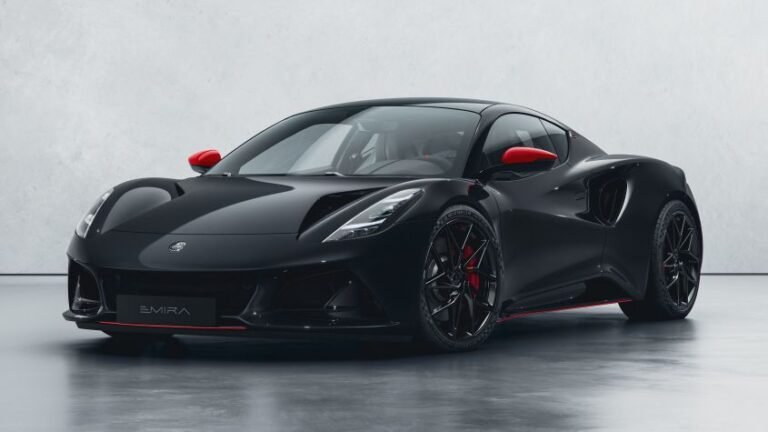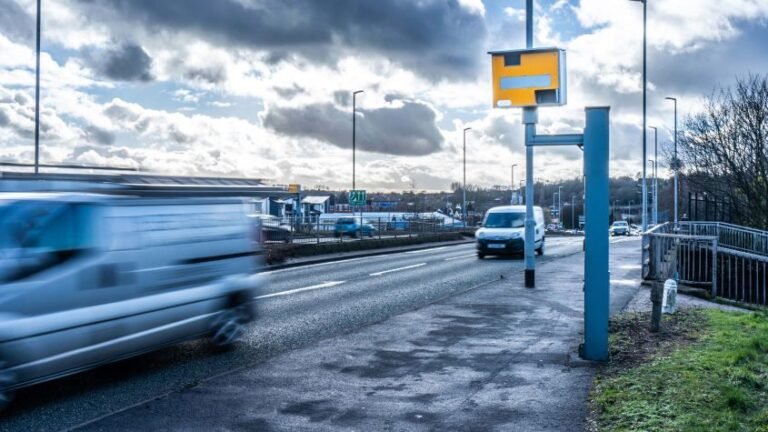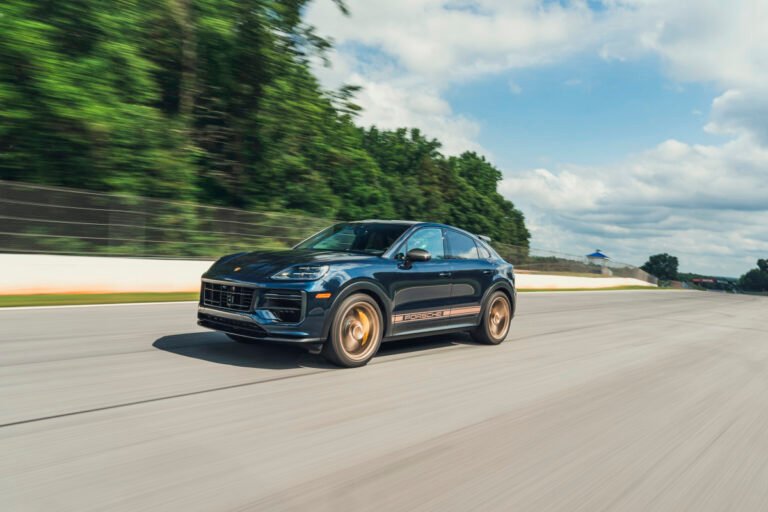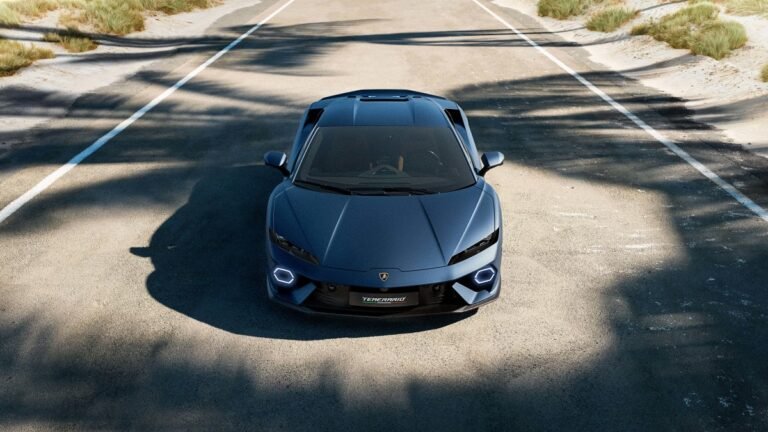

- Last year, 71% of all new Subaru models sold were in the US, making it their largest market.
- This fall, Subaru will begin building the Forester at its manufacturing site in Indiana.
- Subaru has yet to commit to increasing US production, citing the need for supplier cooperation.
All Japanese car brands importing cars into the United States are feeling the effects of President Trump’s tariffs, but of them all, Subaru is the most exposed. To lessen the blow of the tariffs, the new Forester needs to prove popular.
Up until May, Subaru had managed to move 84,629 Foresters in America, showing a modest 3.9% increase over the same period in 2024. This places the Forester firmly at the top of Subaru’s sales pile in the USA, making it the company’s best-selling model here.
In the fiscal year ending March 2025, Subaru sold 936,000 vehicles around the world. Of these, 662,000, or 71%, were bought in the United States. This perfectly demonstrates just how crucially important the US is to the Japanese carmaker.
Read: Subaru Announces Big Price Hikes, Appears Afraid To Blame Trump’s Tariffs
However, Subaru has a sizable problem. Around 50 percent of the cars it sells in the U.S. are imported from Japan. With the hefty 25 percent auto tariff imposed under Trump’s administration, Subaru’s operating profit is expected to be slashed by $2.5 billion, nearly wiping out the $2.79 billion it made last fiscal year. In other words, Subaru’s future hinges on the success of the Forester.
Subaru’s Savior
Sales of the new model, which some have criticized for its rather generic design, started last year, and a hybrid version was recently added to the line-up. It’s currently built in Japan, but in the fall, Subaru will start building it at its Indiana plant, Nikkei Asia reports.

At Subaru’s recent annual shareholder meeting, president Atsushi Osaki mentioned that the company could increase the plant’s capacity to over 400,000 vehicles. He also shared that the company received nearly 12,000 orders for the new Forester in Japan alone during April, more than double the previous monthly record. For context, Subaru sold just 19,330 Foresters in the U.S. that same month.
Despite this, Subaru is not yet ready to commit to increasing production in the United States. A key factor holding it back is the supply chain in Japan, and these suppliers would need to be onboard with a greater focus on US manufacturing.
“It’s true that it would improve our ability to deal with the tariffs [to build more cars in the US], but it would be difficult without cooperation from all of our suppliers,” he said. “We need to think about this comprehensively.”



